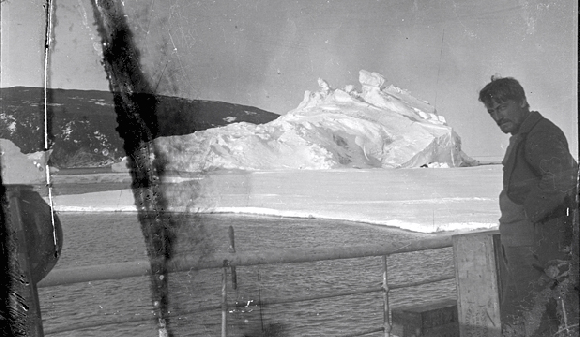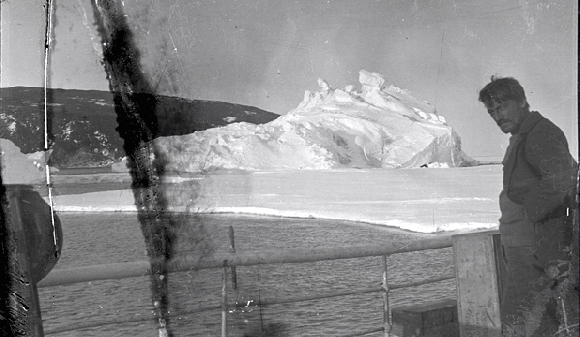
A project to protect artifacts linked to historical Antarctic exploration has been completed.
The Antarctic Heritage Trust of New Zealand calls its work to save three buildings and thousands of artifacts once used by Ernest Shackleton and Captain Robert Falcon Scott “the world’s most extreme conservation project.”
Over the life of the restoration, which was completed in the end of January, 62 specialists from 11 countries worked to preserve the heritage of exploration in a project unprecedented in scale and complexity in the polar regions.
At the turn of the 20th century Antarctica was the focus of a great race of exploration and discovery, known as the ‘heroic age’ of exploration (1895-1917).
Expeditions led by some of the most famous explorers built simple wooden bases from which they set out to explore the continent. These explorers mapped and undertook the first scientific study of Antarctica.
The departure of Shackleton’s Ross Sea Party in 1917 marked the end of the heroic era. The huts weren’t re-entered until 1946.
Three heroic-era buildings and their artifact collections — used by Shackleton and Scott — were in danger of loss after a century of extreme weather. To combat degradation, the Antarctic Heritage Trust worked year-round in Antarctica with the support of Antarctica New Zealand.
Working from purpose-built laboratories, artifact conservators meticulously preserved 18,202 individual items such as food supplies, clothing, equipment and personal items left behind in the historic huts. Heritage carpenters repaired and weatherproofed Scott’s huts at Cape Evans and Hut Point and Shackleton’s hut at Cape Royds.
During the conservation work, previously undiscovered artifacts were found, including crates of Scotch whisky and brandy at Shackleton’s historic base, unseen photographs and a notebook from Scott’s historic hut at Cape Evans.
While ongoing maintenance of the buildings and artifacts from Scott’s and Shackleton’s bases remains a priority, the Antarctic Heritage Trust will now begin conservation work on the first building on the continent at Cape Adare and, upon securing funding, the original building, built for the Trans-Antarctic Expedition of 1955-58, at New Zealand’s Scott Base.

